AO Edited
Smoke Hole Caverns
Spectacular mineral formations fill these caves, which have been used for everything from smoking meat to stashing illicit liquor.
Over the course of millions of years, drops of water carved out the expanse of the Smoke Hole Caverns. And drop by drop, the stalactites and stalagmites that fill the caves were formed through the slow accumulation of minerals. Though West Virginia has more than 4,000 caves, Smoke Hole is one of the few commercial caves (that is, caves for visitors who don’t want to go full-on spelunking).
The Smoke Hole Caverns first opened to the public in 1940, but stories about it— both historical and lore— date back to long before then. It is believed that the Seneca Native American people once used the cavern as a place to smoke meats. And rumor also has it that the cavern was the site for Prohibition-era moonshiners, who used the stream running through it as a source of water for the liquor, the smoke from their stills drifting from the cave’s opening. Another story— this one ascribed to the region, which is also called Smoke Hole— says the name comes from the rolling mists that cover the region’s canyons in the mornings.
Time has a way of intertwining fact and fiction, but one thing is true: the cavern is the home of one of the world’s largest ribbon stalactites, a six-ton formation of curving, twisting stalactite formed by air currents and found in limestone caves. And that stream that moonshiners (may have) once found so appealing? It and the other pools of water dotting the cavern are now home to trout. The cavern is also home to the Room of a Million Stalactites, the main room of the cavern, which features a 274-foot ceiling, making it the second-highest ceiling of any cave on the east coast.
Know Before You Go
All tours through the cavern are guided, and last 45 minutes to one hour. It is not wheelchair accessible due to stairs, two-way traffic, and narrow passageways. Walking sticks, baby strollers, and pets (excluding service animals) are prohibited. Temperatures are consistently 56°F (13°C) in the cave, and it is humid; inhalers are recommended, for those who use them.
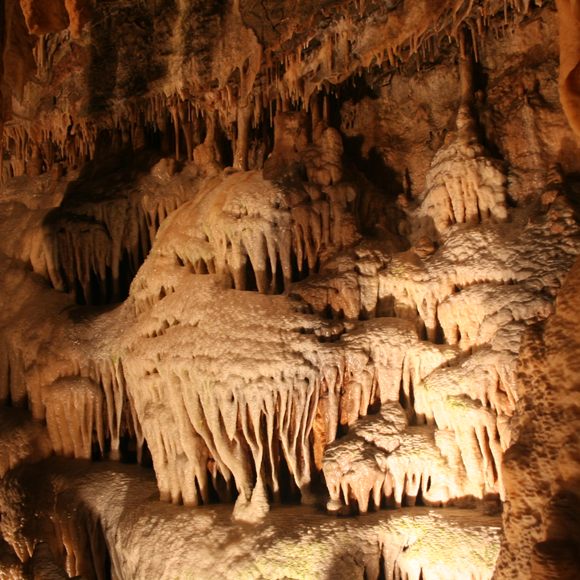

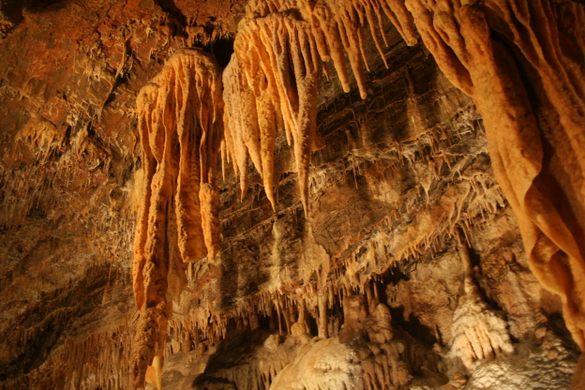
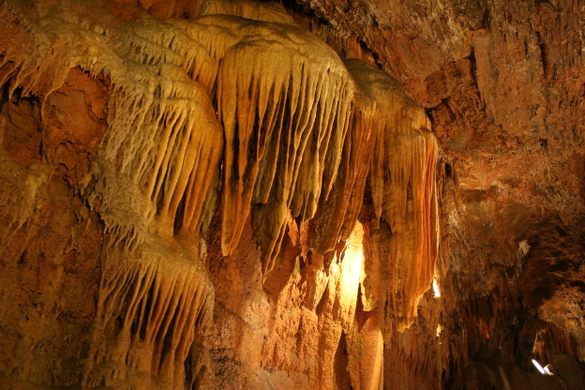
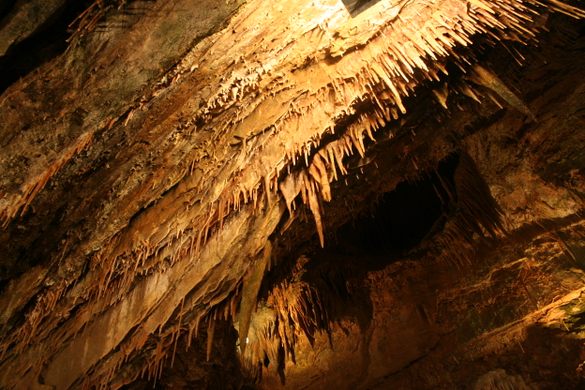
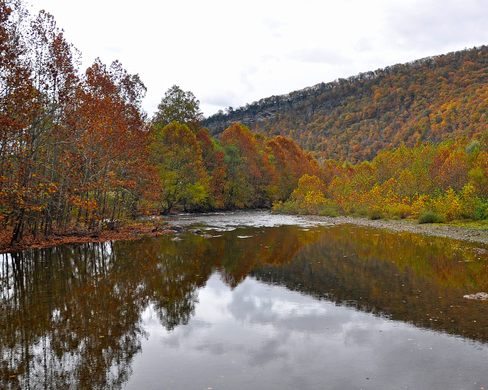
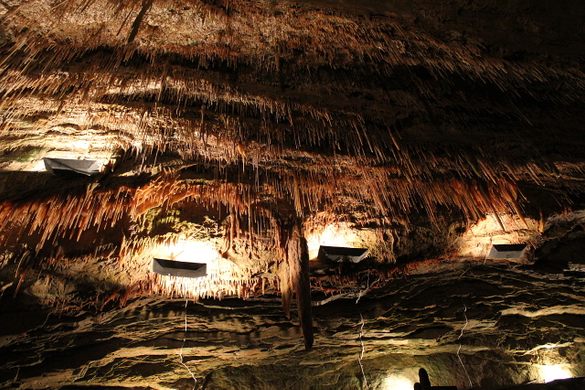
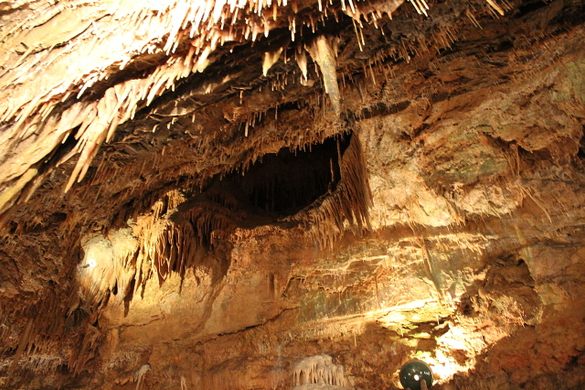



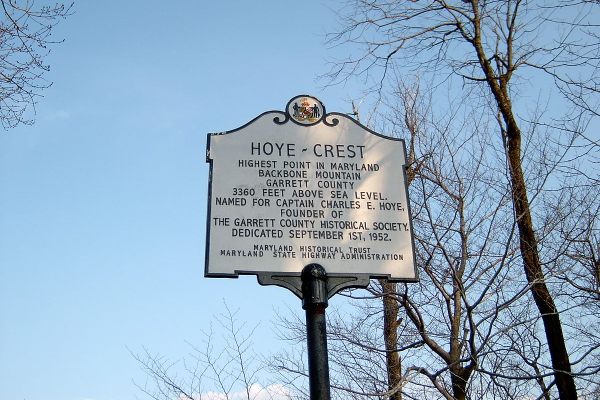
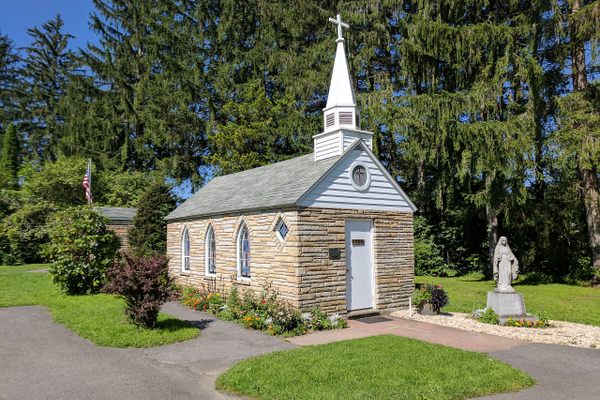

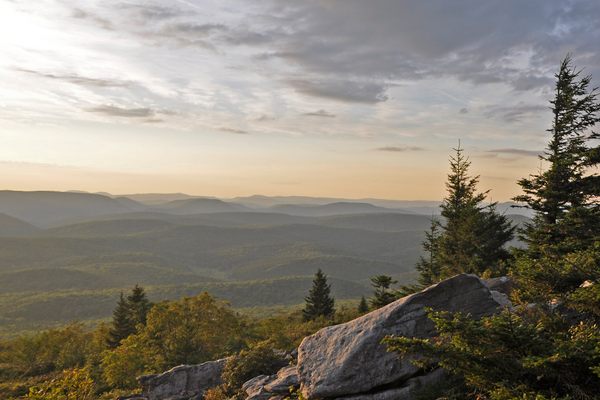


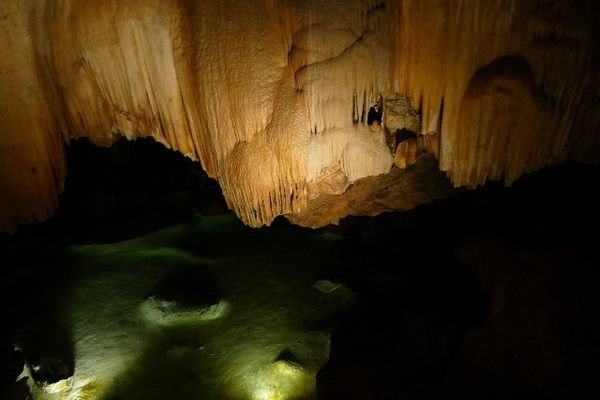


Follow us on Twitter to get the latest on the world's hidden wonders.
Like us on Facebook to get the latest on the world's hidden wonders.
Follow us on Twitter Like us on Facebook